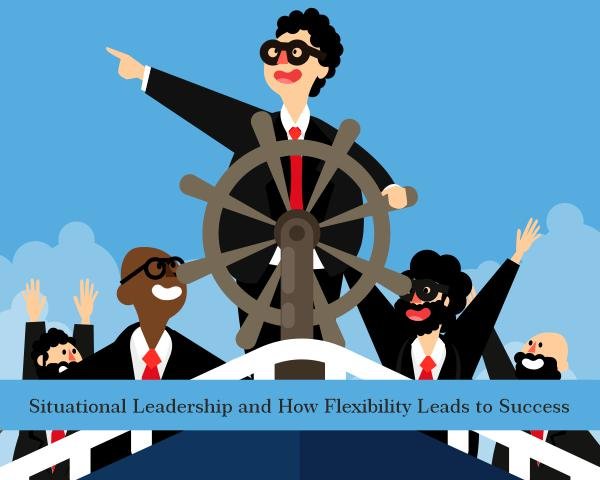To simplify, situational leadership is the kind of leadership style that is adaptive in its nature. Let’s all face it; there isn’t a single leadership style that can suit all situations. The situational leadership style is the one that adapts to the employees’ range of developmental behavior. To be a successful leader, one must have the ability to look at a situation from different perspectives.
Here are some ways how Situational Leadership work:
- They act as coaching leaders- Coaching leaders work on the individual’s personal development and also his job-related skills.
- They act as progressive leaders- Such leaders set very high expectations from their followers while also leading with example.
- They are authoritative leaders- Authoritative leaders are good at analyzing problems and identifying the challenges at work.
If you look closely, great leaders are the ones who assess the situation and the behavior of employees and then decide the leadership approach to get the best out of that situation. So why does situational leadership ensure business success in today’s complex work environments? Let us have a look at its characteristics and the theory behind it.
First things first, situational leadership is more of a flexible leadership approach. It is a relationship-oriented leadership and bases the directives of the leader on the ability and readiness of the followers. In order to get through the situation, the leader must have developed a good relationship or rapport with the team members so that he can understand their state of mind when receiving directions for the tasks they need to complete. This is the reason why it is also called flexible leadership.
Situational leadership also evaluates the maturity levels of the people within the organization. So a leader must be able to manage bot, being supportive and directive towards the team members. They should be able to read the body language and the state of mind of their employees. They should be good communicators who should be able to connect to the emotions of the team members. This is where good leaders stand apart, by analyzing the situation at hand and acting on it the way it needs to be done.
This kind of leadership also increases the awareness of the current organizational situations. When change is on the way in any organization, it is often unsettling for the employees and they can get uncertain about their positions in the company. Some may take it positively, while some react to it negatively. With situational leadership, leaders can make the best use of their communication skills.
Being honest with the employees and providing the right information to the employees for them to understand the goals and vision of the organization is the first thing a leader can do in this situation. Concluding, situational leadership brings flexibility to the traditional leadership styles and can shape the organization into a better, efficient, and productive one.
More from The Enterprise World





